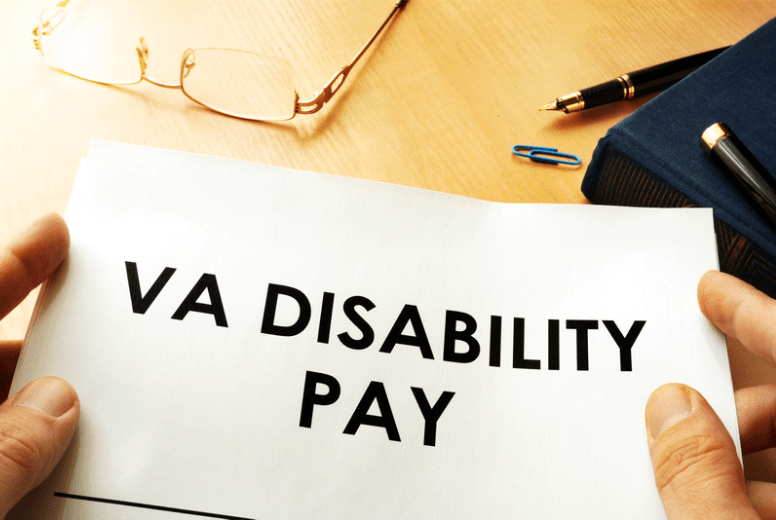
VA Disability: How to Prove Secondary Service-Connected Conditions
Your mind and body are one connected system, and that means that many injuries, illnesses, and mental health issues can trigger other health conditions. These connections aren’t always obvious, and that means some disabled veterans may be missing out on benefits based on secondary service-connected conditions.
Secondary service connection claims can be complicated and may require significant medical evidence. This post will give you an overview of how secondary service-connection works. If you need assistance, a Veterans Disability Advocate can help.
What is a Secondary Service-Connected Disability?
In simple terms, a secondary service-connected disability is a disability caused by another service-related disability. For example, hypertension is the most common chronic condition among veterans. The condition is often service-connected–in some situations, there’s a presumptive service connection. Hypertension is also a leading risk factor for stroke. If a veteran who is receiving VA disability benefits for hypertension suffers a stroke, they may be entitled to an adjustment in disability rating and additional benefits.
Pursuing Veterans Disability Benefits for Secondary Service-Connected Conditions
By definition, secondary service-connected disabilities are caused by service-connected disabilities. That means a veteran who wishes to pursue a VA secondary service connection claim must first establish a primary service connection.
Secondary conditions often develop later–sometimes years later. So, the secondary service connection claim may be filed separately, at a later date.
To support your application for disability benefits in connection with a secondary condition, you’ll need to submit evidence of:
- The new or additional medical condition (similar to the type of evidence you would submit for an initial VA disability benefits claim, except related to the secondary condition), and
- Evidence of a medical connection between your already-established service-connected disability and the new condition.
With very limited exceptions, the VA doesn’t have a list of presumptive connections. The Code of Federal Regulations (CFR) section 3310 does specify that:
- Cardiovascular disease in a veteran with certain types of service-connected amputations will be considered the result of the amputation, and
- Service-connected traumatic brain injury (TBI) will be considered the proximate cause of a range of conditions including Parkinson’s disease, dementia, unprovoked seizures, and certain other conditions if specific criteria are met
Generally, it will be up to you to provide evidence of the link between your primary and secondary conditions. The upside is that VA secondary service connection benefits aren’t restricted to a pre-existing list of known connections.
Need Help With a VA Disability Claim for Secondary Service Connection?
Veterans Help Group is here for you. Our experienced Veterans Disability Advocates work with disabled veterans and their dependents to help you secure the benefits you’ve earned. To learn more about how we can help contact us today, call (855) 855-8992 today.

How to Speed Up Your VA Disability Claim
How to Speed Up Your VA Disability Claim The VA says that in January of 2024, the average time for...

How to Apply for VA Disability Compensation
It's one thing to know how to apply for VA disability compensation. It's another to understand the...

What is the VA DBQ?
What is the VA DBQ? A VA Disability Benefits Questionnaire (DBQ) is a form used to convey...





